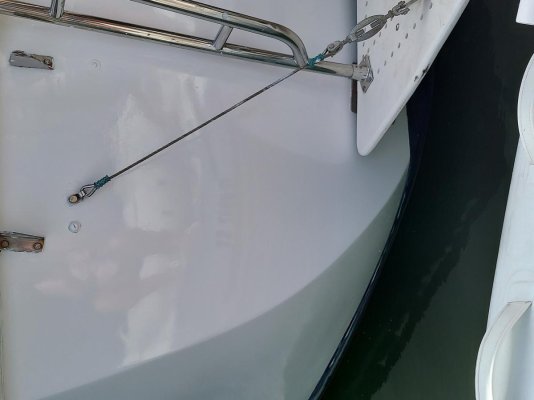Xlantic
Guru
International (Interlux in the US) has recently come out with a new two-part PU paint which they name "Perfection Pro". This is an evolution of their earlier "Perfection Plus".
Unlike Perfection Plus, Perfection Pro is meant to be rolled and/or brushed-on rather than spayed-on. I have tried it, just rolling it on without even tipping-off and the results were AWESOME. So you get spray quality with a roller! Hard to believe but it is true. While the paint cures it pulls tight and you get an incredible finish.
It is expensive, about double the cost of Perfection Plus, itself expensive, but at least the yield (m2 per litre) is really high.
Here is a good video that describes it:
https://youtu.be/Lqp5iRFIzQI
One thing, while it was launched in Europe last year, I am not certain it is available in other regions ...
Unlike Perfection Plus, Perfection Pro is meant to be rolled and/or brushed-on rather than spayed-on. I have tried it, just rolling it on without even tipping-off and the results were AWESOME. So you get spray quality with a roller! Hard to believe but it is true. While the paint cures it pulls tight and you get an incredible finish.
It is expensive, about double the cost of Perfection Plus, itself expensive, but at least the yield (m2 per litre) is really high.
Here is a good video that describes it:
https://youtu.be/Lqp5iRFIzQI
One thing, while it was launched in Europe last year, I am not certain it is available in other regions ...
Last edited:


